This article has been reviewed according to Science X's editorial process and policies. Editors have highlighted the following attributes while ensuring the content's credibility:
fact-checked
peer-reviewed publication
reputable news agency
proofread
Ancient stone tools found in Ukraine date to over 1 million years ago, and may be oldest in Europe
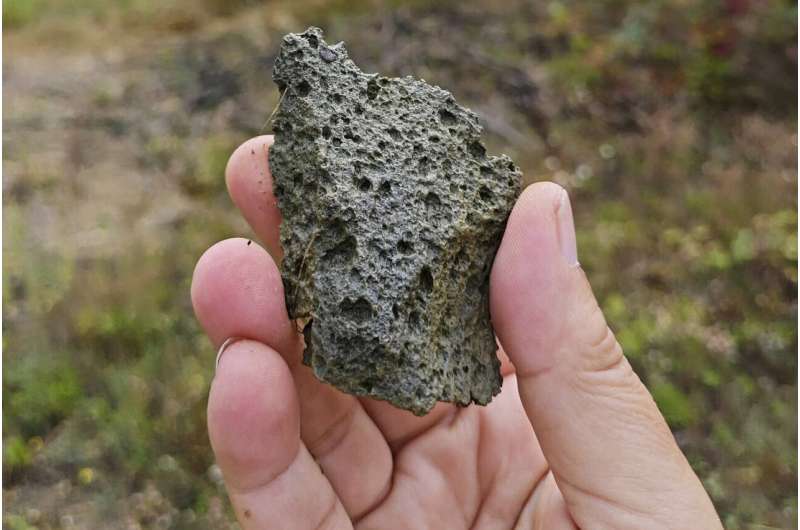
Ancient stone tools found in western Ukraine may be the oldest known evidence of early human presence in Europe, according to research published Wednesday in the journal Nature.
The chipped stones, deliberately fashioned from volcanic rock, were excavated from a quarry in Korolevo in the 1970s. Archaeologists used new methods to date the layers of sedimentary rock surrounding the tools to more than 1 million years old.
"This is the earliest evidence of any type of human in Europe that is dated," said Mads Faurschou Knudsen, a geophysicist at Aarhus University in Denmark and co-author of the new study.
He said it's not certain which early human ancestors fashioned the tools, but it may have been Homo erectus, the first species to walk upright and master the use of fire.
"We don't have fossil remains, so we can't be sure," said Roman Garba, an archaeologist at the Czech Academy of Sciences and co-author.
The chipped stone tools were likely used for cutting meat and perhaps scraping animal hides, he said.
The researchers suggest the tools may be as old as 1.4 million years, but other experts say the study methodology suggests that they may be just over 1 million years old, placing them in roughly the same date range as other ancient tools unearthed in Spain.
-
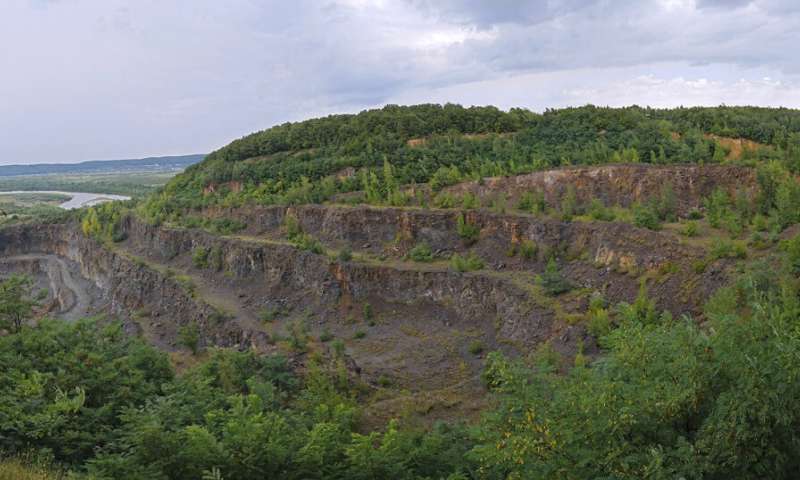
This photo provided by researcher Roman Garba shows the Gostry Verkh area of the Korolevo I archaeological site in western Ukraine in August 2023, with the Tisza River at background left. Stone tools found in the area are the earliest evidence of early human presence in Europe, dating back to 1.4 million years ago, according to research published in the journal Nature on Wednesday, March 6, 2024. Credit: Roman Garba via AP -
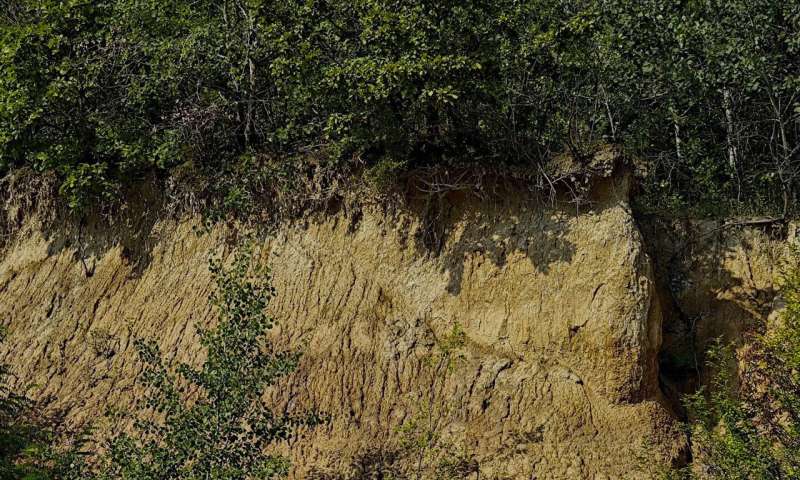
This photo provided by researcher Roman Garba shows the Loess-palaeosol sequence between the Gostry Verkh and and Beyvar hills areas of the Korolevo I archaeological site in western Ukraine in August 2023. Stone tools found in the area are the earliest evidence of early human presence in Europe, dating back to 1.4 million years ago, according to research published in the journal Nature on Wednesday, March 6, 2024. Credit: Roman Garba via AP -
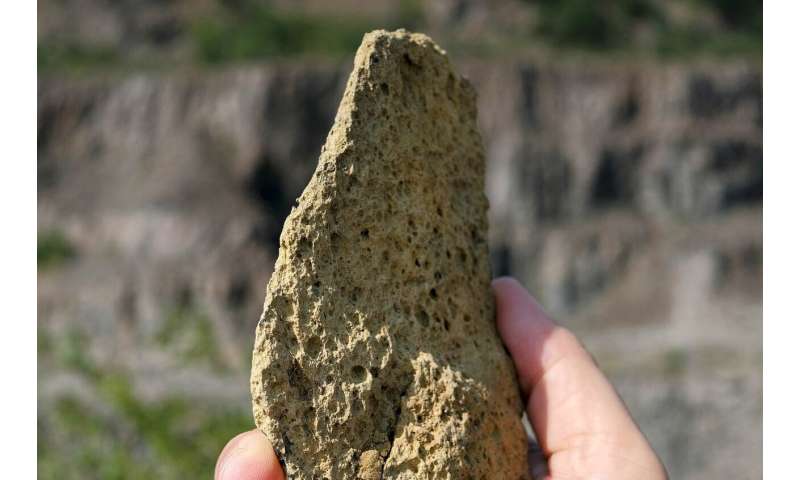
This photo provided by researcher Roman Garba shows a heavily weathered flake artifact at the Korolevo I archaeological site in western Ukraine in August 2023. Stone tools found in the area are the earliest evidence of early human presence in Europe, dating back to 1.4 million years ago, according to research published in the journal Nature on Wednesday, March 6, 2024. Credit: Roman Garba via AP -
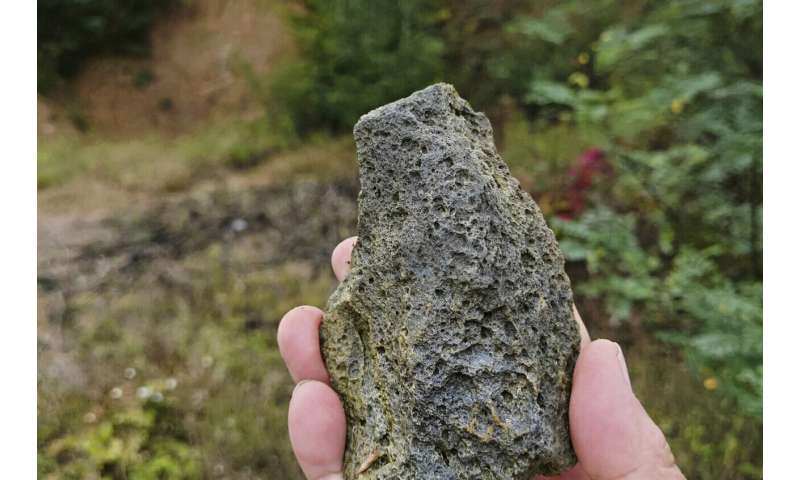
This photo provided by researcher Roman Garba shows a notched stone tool made from local volcanic raw material (glassy dacite) at the Korolevo I archaeological site in western Ukraine in August 2023. Stone tools found in the area are the earliest evidence of early human presence in Europe, dating back to 1.4 million years ago, according to research published in the journal Nature on Wednesday, March 6, 2024. Credit: Roman Garba via AP -
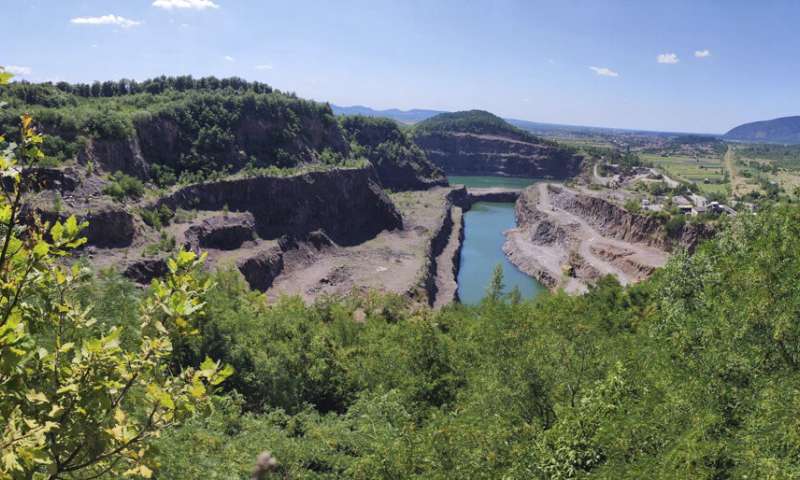
This photo provided by researcher Roman Garba shows the Gostry Verkh area of the Korolevo I archaeological site in western Ukraine in August 2023, with the Korolevo II site behind a body of water. Stone tools found in the area are the earliest evidence of early human presence in Europe, dating back to 1.4 million years ago, according to research published in the journal Nature on Wednesday, March 6, 2024. Credit: Roman Garba via AP
The very earliest stone tools of this type were found in eastern Africa and date back to 2.8 million years ago, said Rick Potts, who directs the Smithsonian Institution's Human Origins Program.
The Ukraine site is significant because "it's the earliest site that far north," suggesting that the early humans who dispersed from Africa with these tools were able to survive in diverse environments.
"The oldest humans with this old stone tool technology were able to colonize everywhere from warm Iberia (Spain) to Ukraine, where it's at least seasonally very cold—that's an amazing level of adaptability," said Potts.
More information: R. Garba et al, East-to-west human dispersal into Europe 1.4 million years ago, Nature (2024). DOI: 10.1038/s41586-024-07151-3
Journal information: Nature
© 2024 The Associated Press. All rights reserved. This material may not be published, broadcast, rewritten or redistributed without permission.



















